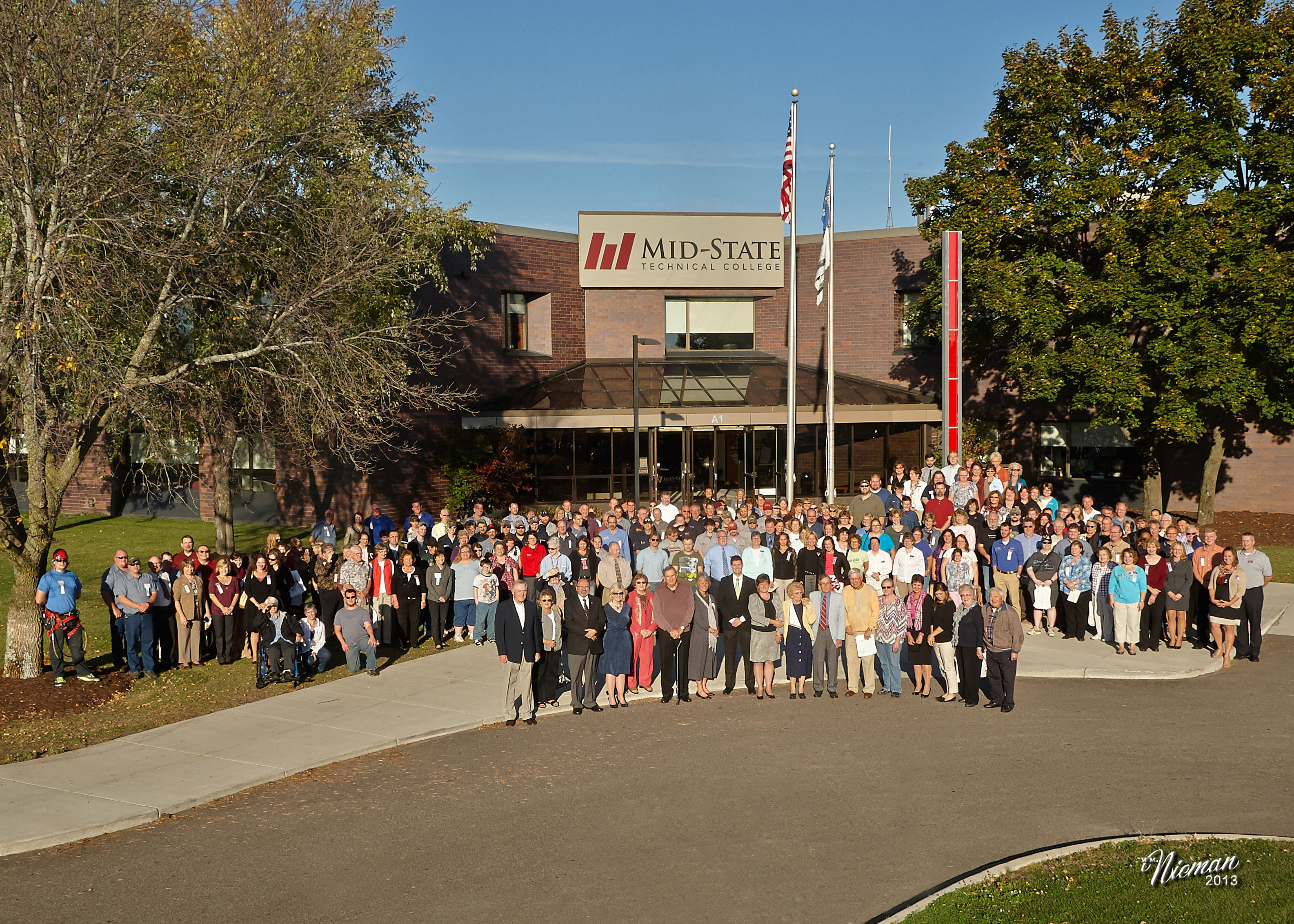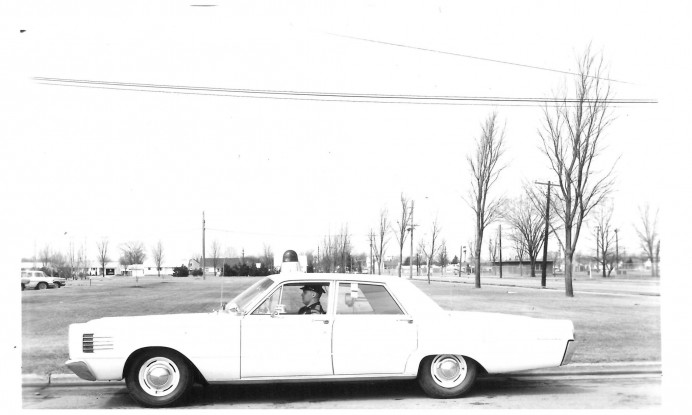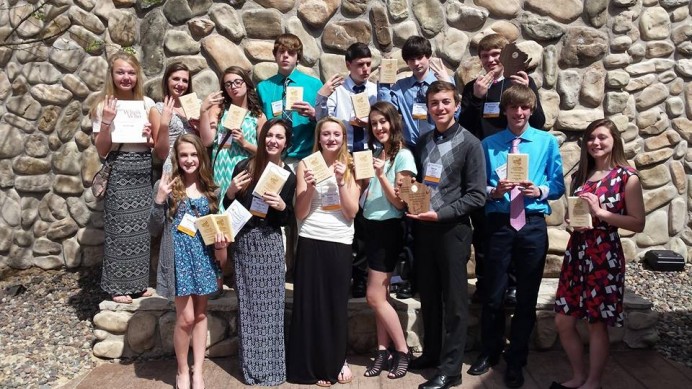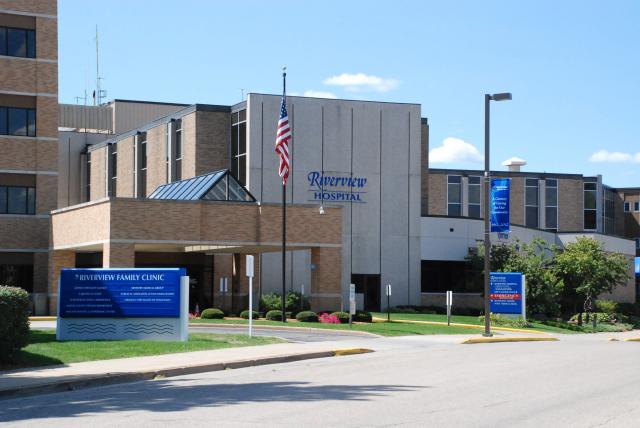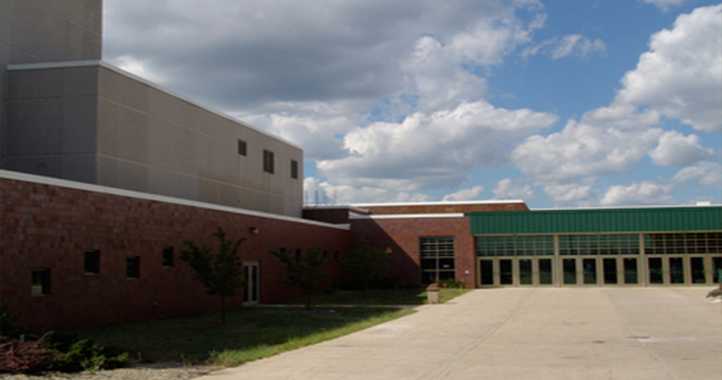Moment in Time: The Wisconsin Rapids-New York Connection

By Joe Bachman
Wisconsin Rapids’ rich history gives way for many influences from those who have settled here — from Pennsylvania, New Hampshire, and even Ireland. However, no state or area has seemingly had more influence on the river cities than New York.
One of the most influential people in this town’s history was Jeremiah D. Witter, though most know his name as simply, “J.D. Witter”. Witter was born in Brooklyn, N.Y. on Sept. 18, 1835. At the age of 14, Witter would move to Wautoma with his parents, but needed a little more after years of helping his parents farm. Witter soon settled into a position as an attorney in Grand Rapids in 1859, where he would go into the lumber and logging business with Henry Sampson (New York native) and John Daly — two other well known Wisconsin Rapids’ names.
From there, Witter established a private bank in 1871, and would eventually lead to The Bank of Centralia in 1887 on W. Grand Ave — what would eventually become U.S. Bank. Witter would also have his hands in the Jackson Milling Co., the Centralia Hardware Company, the Grand Rapids Pulp & Paper Company, Wood County Telephone Company, and the Consolidated Water Power Company.
Witter died in 1902, but his contributions planted the seeds for what Wisconsin Rapids would become in the early 1900s, to this very day. According to the History of Wood County, 1923 – Witter “was a man inseparably connected with the industrial, educational, financial, and social progress of Wisconsin Rapids.”
Joseph Wood is another name synonymous with Wisconsin Rapids, who not only became the namesake of Wood County, but served as Mayor of Wisconsin Rapids (then Grand Rapids), including Postmaster, county board member, and was appointed the first county judge of Wood County.
Born in Camden, N.Y. in 1809, Wood was classified as a man of “forceful character”. Wood introduced a bill in 1956 that would divide Portage and Wood Counties, originally named “Greenwood” County before city officials moved to change it. Wood went on to help organize the first school in Wisconsin Rapids in the late 1800s, (then Grand Rapids) as well as beget five sons, two of which would serve as future Mayors and bankers that helped grow the city. Wood died in February of 1890.
That moment when you’re driving down Baker St., know that its origins lie in New York. Named for David Baker, born in Orleans County, N.Y. in 1812, Baker is considered another pioneer of the area. Baker arrived in Grand Rapids in 1849 and purchased 57 acres of land which would later become Centralia, now known simply as the west side of Wisconsin Rapids.
Baker’s son, George, would go on to become one of the successful entrepreneurs in the area, before settling down to serve as Mayor of Grand Rapids in the early 1900s.
Many buildings, street names, and parks take the names of Wisconsin Rapids pioneers that helped build the very city you live in — many of which have all come from one place. Henry Sampson, Reuben Lyon, Frank Garrison, George Gardner, J. Wilbur Cochran, Mark Whitrock, Ralph Smith, James Clark, Louis Livernash, and even Robert Wakely of Nekoosa fame — all from the ‘Big Apple’.
Wisconsin Rapids may be considered a small city, but many of their origins come from one of the most famous states, not just in America, but in the world.




